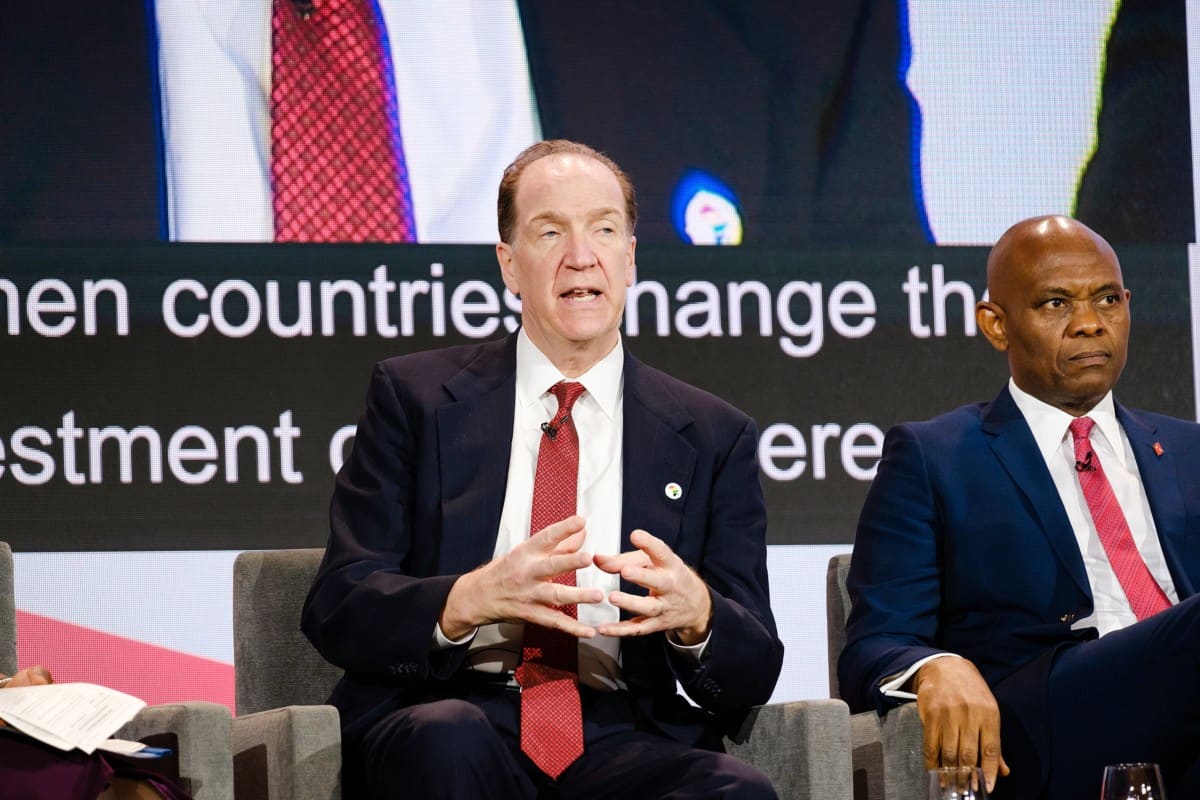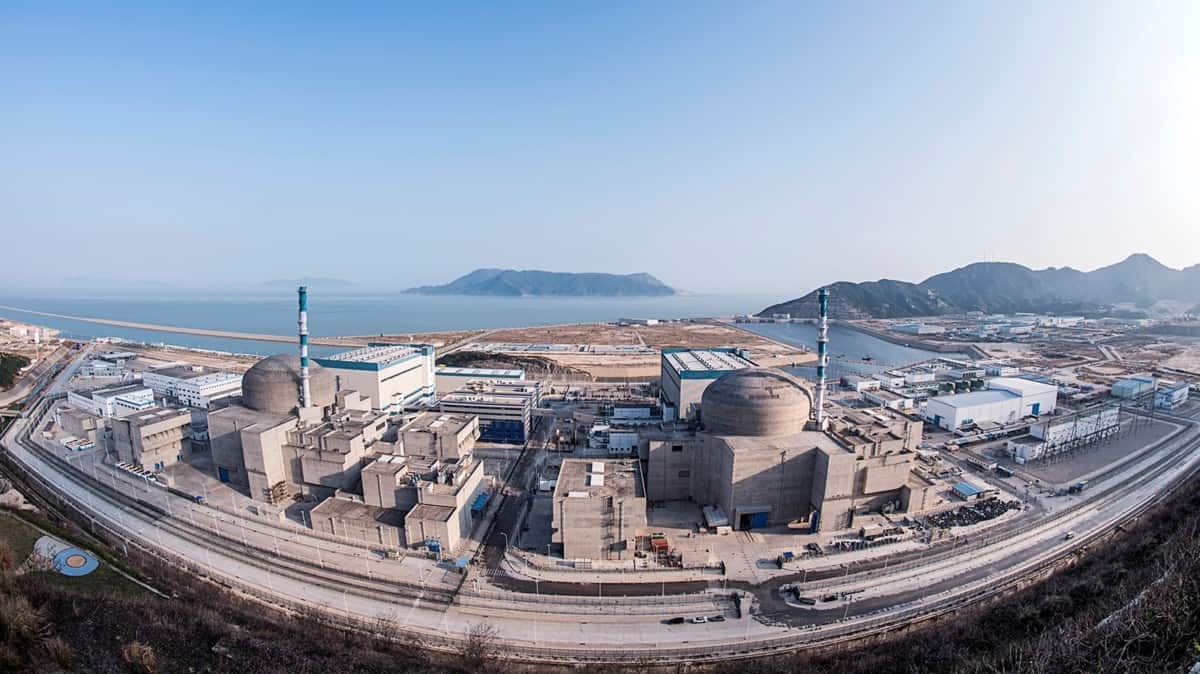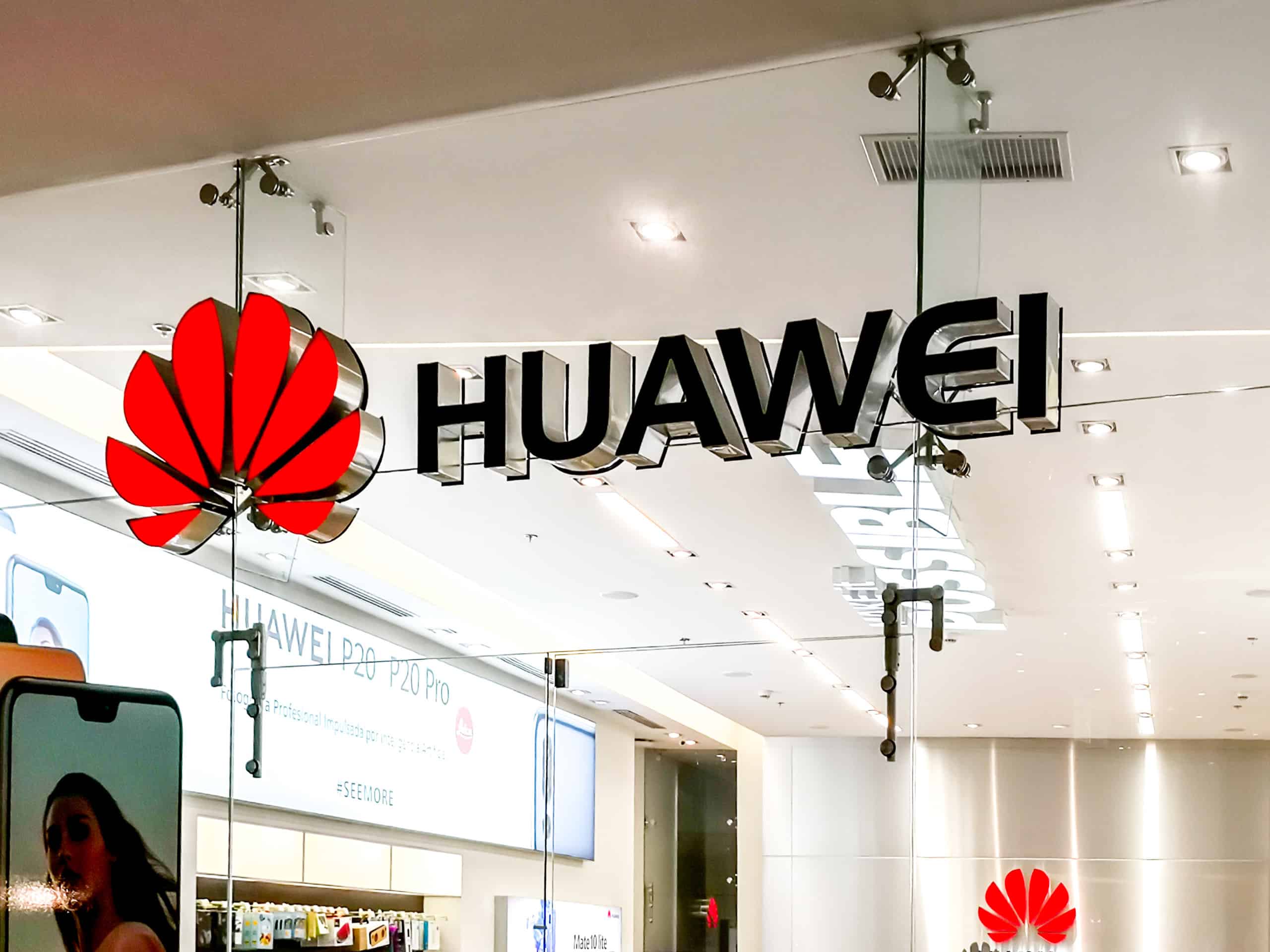
Good evening. Advances by Chinese biotech companies into the U.S. market have been surprisingly uncontroversial. Indeed, the whole industry has been largely successful at staying out of global politics. This week’s cover story explores why that might be. Elsewhere, we have a Q&A with Jonathan Hillman, the CSIS scholar, on his new book about China’s Digital Silk Road; infographics on the super-charged trajectory of CATL, the Chinese battery manufacturer; reporting on the debate surrounding World Bank lending to China; and an op-ed from Nancy Qian on why the facts favor China’s ambitious goal of reaching carbon neutrality by 2060. If you’re not already a paid subscriber to The Wire, please sign up here.
Want this emailed directly to your inbox? Sign up to receive our free newsletter.

Biotech’s Borders
China’s focus on the biopharmaceutical sector — which it identified as a strategic priority in 2015 — is finally paying off. In the past six years, more than a dozen biotech companies from China have been listed on the Nasdaq, many have opened U.S. offices or facilities, and several drugs developed in China have been approved by the FDA. But while the success of these Chinese firms is undeniable, Anastasiia Carrier reports that the biotech sector also represents an important test for China — namely, innovation.

The Big Picture: CATL’s Super-Charged Trajectory
Between 2017 and 2020, CATL’s annual revenue increased two and a half times to $7.8 billion, while the Chinese battery manufacturer’s share price is up by more than 130 percent over the past year, giving it a market value of $190 billion. This week, Eliot Chen looks at how CATL came to dominate the EV-battery market, and how it has positioned itself to reap rewards from the coming boom in renewable energy.
A Q&A with Jonathan Hillman

Jonathan E. Hillman, a senior fellow with the economics program at the Center for Strategic and International Studies, is the author, most recently, of The Digital Silk Road: China’s Quest to Wire the World and Win the Future. In this week’s Q&A with James Chater, he talks about why the Digital Silk Road is now more important than the Belt and Road, and how everyday Chinese citizens are pushing back against digital privacy concerns.
Jonathan E. Hillman
Illustration by Kate Copeland

China & the World Bank: Who Needs Whom?
The controversy sparked by the World Bank’s admission that one of its key reports had been manipulated in China’s favor has brought an enduring question back into focus: Why does the world’s second-largest economy still borrow so much from the leading global development institution? This week, Anastasiia Carrier reports on the nuanced debate over how much China should be allowed to borrow from the World Bank.

Carbon Neutrality with Chinese Characteristics
Having committed to achieving carbon neutrality by 2060, China seemingly must pull off a miracle. But as Nancy Qian, of Northwestern University’s Kellogg School of Management, argues in this week’s op-ed, on closer inspection, the target is well within striking distance, thanks to recent technological advances and the government’s ability to impose its preferences on Chinese society.
Subscribe today for unlimited access, starting at only $19 a month.



